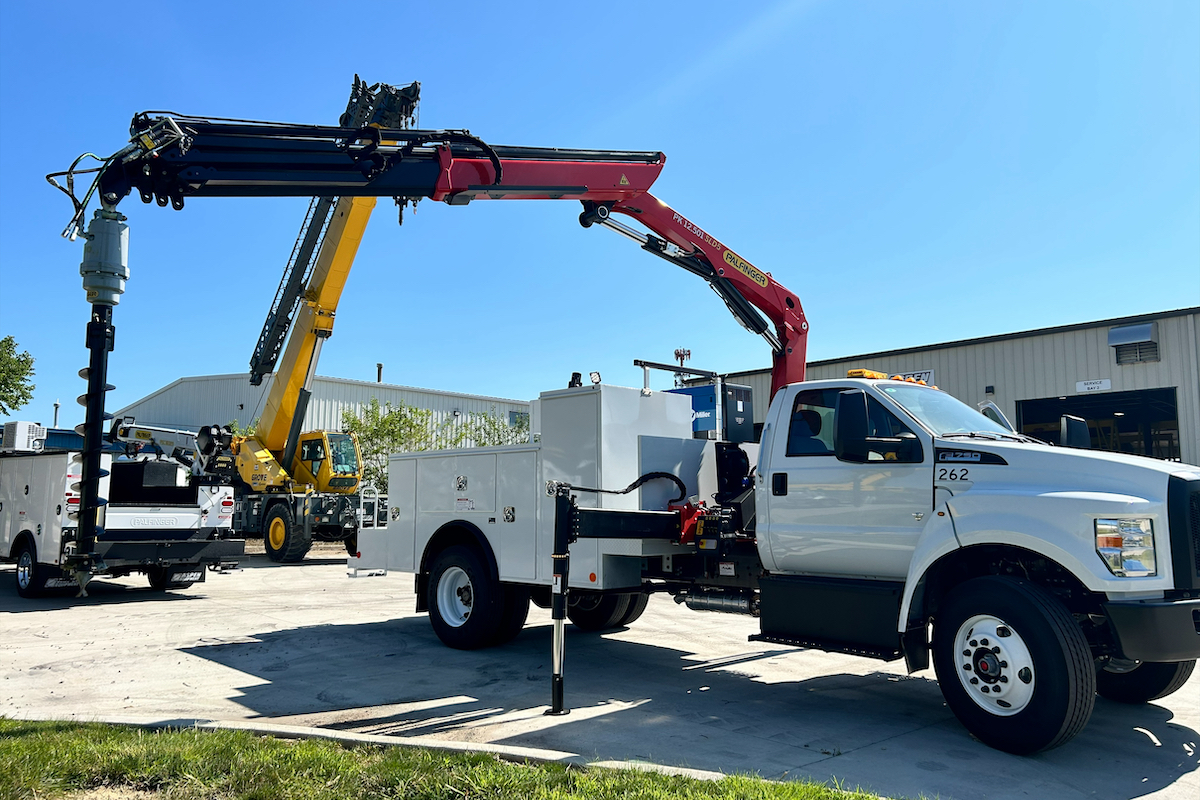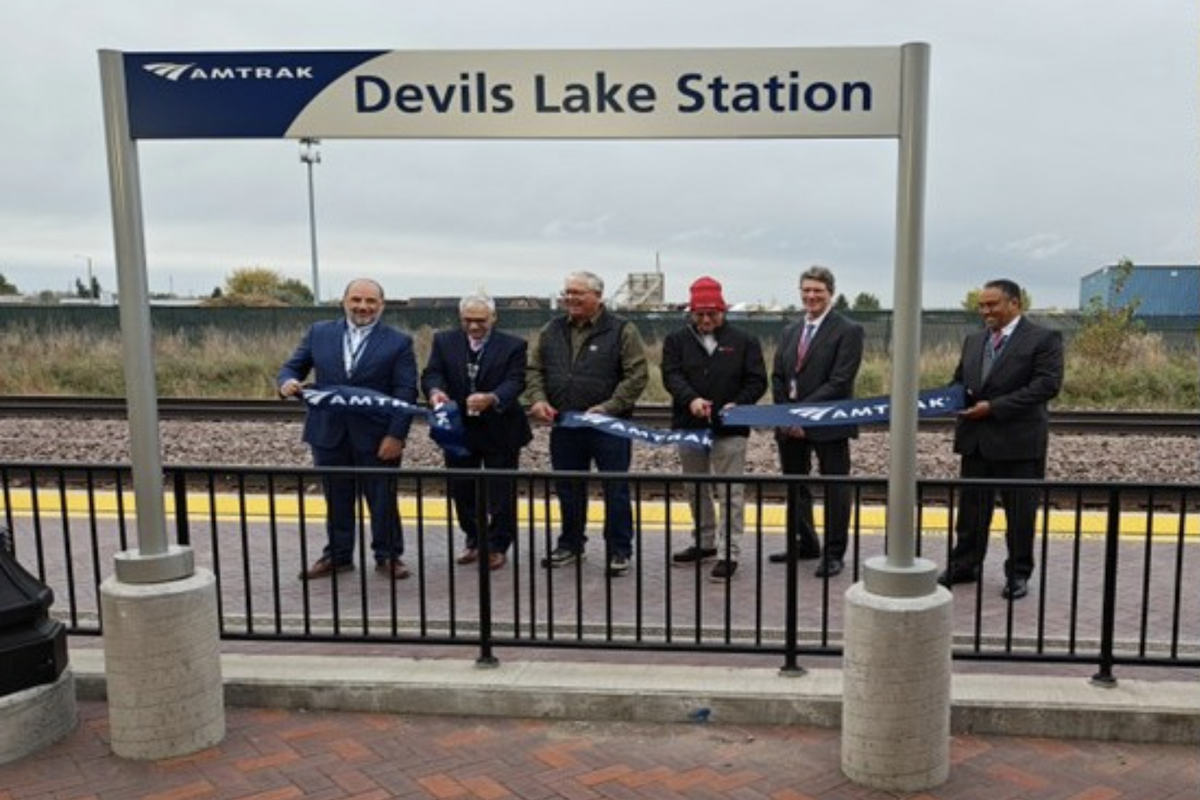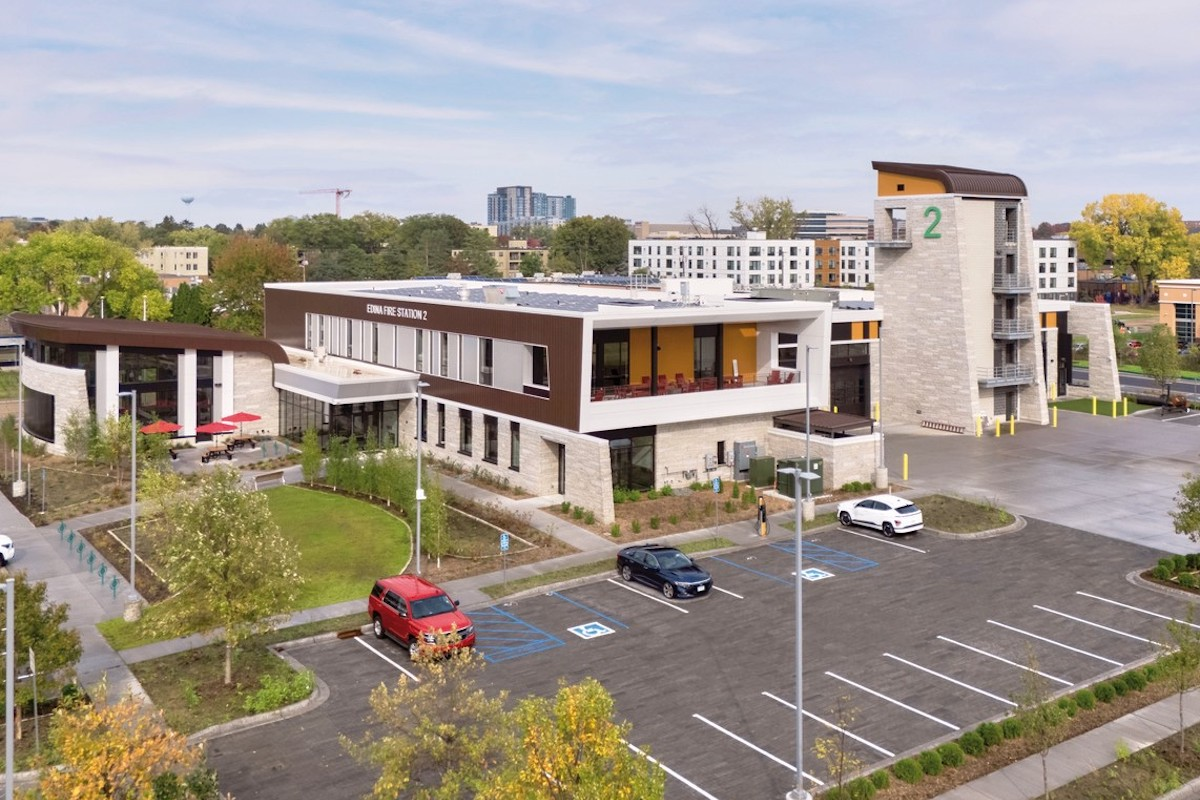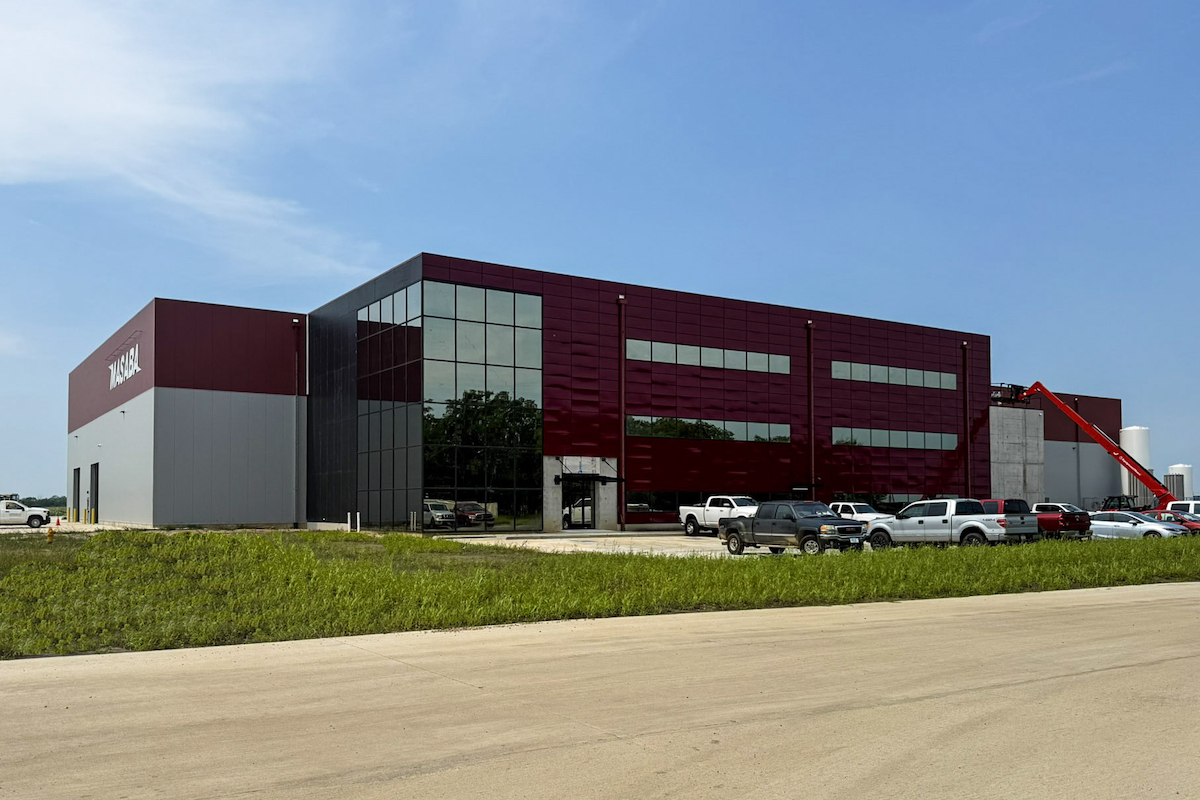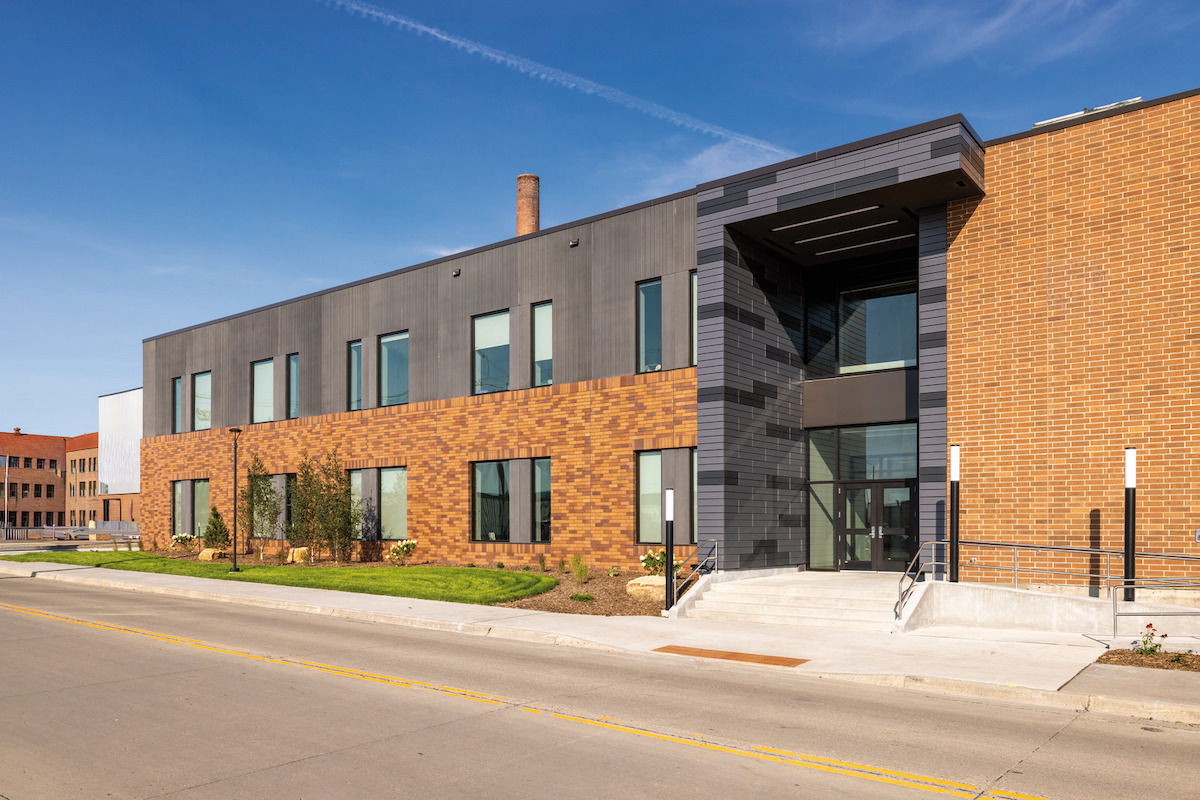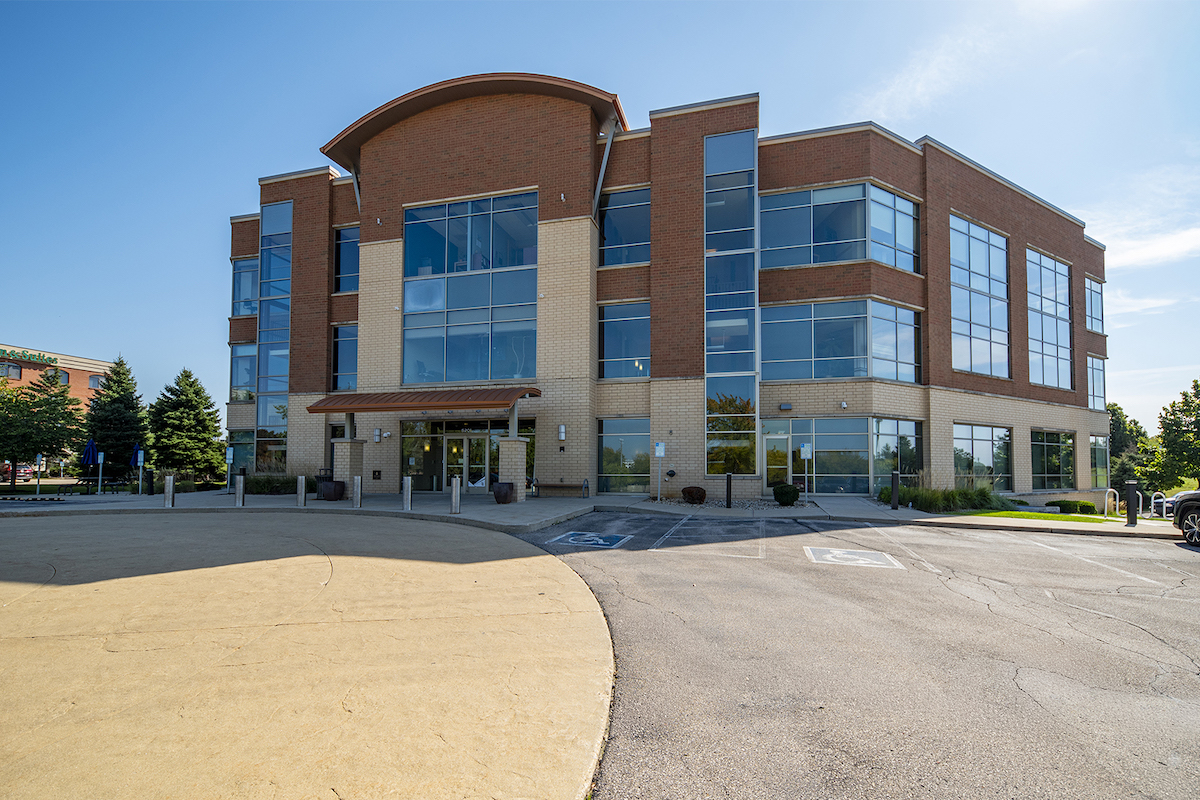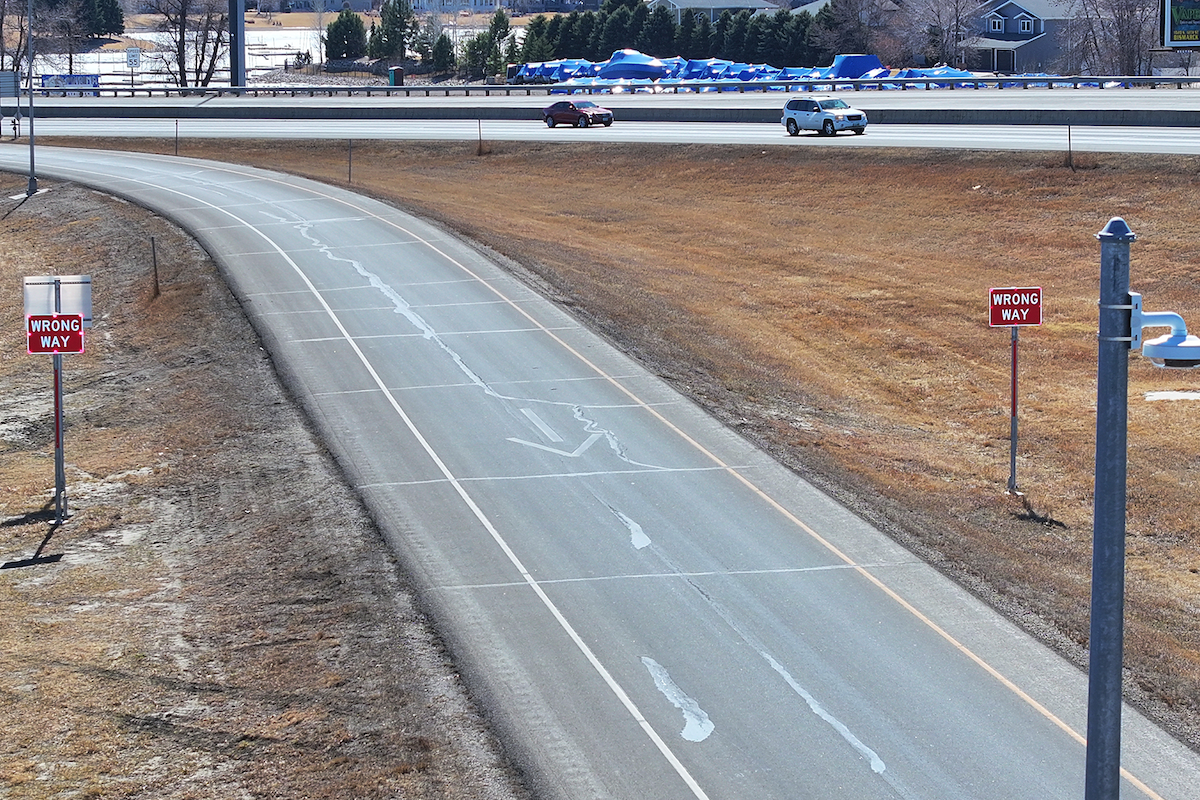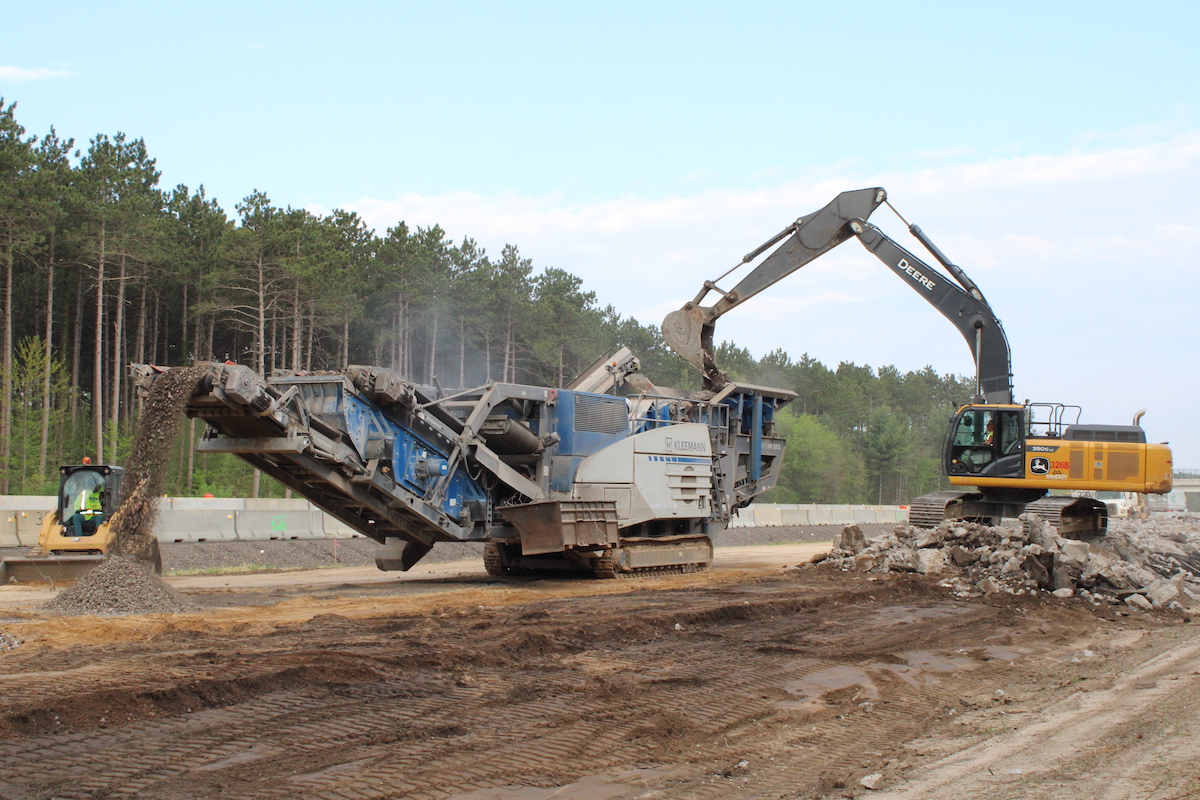A major east-west artery in Minnesota, Highway 23 runs for 279 miles from the northeast to southwest parts of the state. Along a 53-mile stretch of Highway 23 in southwestern Minnesota, the entire highway has four lanes, except for a 16-mile portion that has only two lanes.
Mathiowetz Construction and the Minnesota Department of Transportation (MnDOT) are currently working on the Highway 23 South Gap project to convert 7 miles of the roadway to four lanes between New London and Paynesville. The North Gap project, which occurred in 2021 and 2022, did the same for 9 miles of roadway between Paynesville and Richmond.
To make room for the additional lanes, the team has removed 22.6 acres of trees and 11 houses, and 100 different parcels were impacted.
The average daily traffic along the route is 6,000, and the area regularly experiences congestion. In addition to widening the road, stop signs and traffic lights are also being removed. This will decrease congestion and improve connectivity in the area. It is also expected to reduce traffic congestion into Minneapolis/St. Paul.
The improved connectivity made the projects eligible for Minnesota’s Corridors of Commerce Program. The program was created in 2013.

| Your local Komatsu America Corp dealer |
|---|
| Road Machinery and Supplies Company |
The program’s goal, according to the website, is to “focus additional transportation investments in state highway projects that directly and indirectly foster economic growth for the state through the provisioning of construction jobs, enabling of goods to be transported through a commerce friendly network of corridors, and providing additional mobility to its citizens.”
One of the criteria for the program is that “projects must either develop additional system capacity or demonstrate improvement for freight movement (reduce bottlenecks).”
The $90 million Highway 23 South Gap project is 100 percent state funded. $34.5 million is for the construction contract, and most of the remainder is going to right of way. As of the writing of this article, the project is on budget.
“The contractor [Mathiowetz Construction] has done a good job,” said Al Setrum, MnDOT’s District Eight Project Manager. “We mitigate issues in the field, and there have been very few change orders for a project of this size.”

| Your local Volvo Construction Equipment dealer |
|---|
| Nuss Truck & Equipment |
Greg Huiras, Project Manager for Mathiowetz, agreed and added another factor. “We were able to do some value engineering, which was a cost savings and added value to the project,” he said.
Additional project elements include adding two frontage roads (2 miles in total). One road is near a lake, and the other is near a busy campground which connects a new pedestrian box culvert to the Glacial Lakes Trail. The frontage roads will make getting to and from Highway 23 easier and safer.
The team is also performing the following work:
- A new pedestrian underpass (near Hawick) that will connect to the existing Glacial Lakes Trail
- Two box culverts and storm pipe installations
- Left-hand turn lanes at multiple intersections
- A two-inch overlay on the existing road and widening of the shoulders
- Owner: Minnesota Department of Transportation (MnDOT); Project Engineer Adam Ahrndt
- General Contractor: Mathiowetz Construction, Sleepy Eye, Minnesota
- Designers: MnDOT; KLJ Engineering, Bismarck, North Dakota; HR Green, Inc., Cedar Rapids, Iowa
- Other Key Contractors: Castle Rock, Castle Rock, Minnesota; Knife River, Bismarck, North Dakota; Northstar Erosion Control, Bismarck, North Dakota; Warning Lites, Minneapolis, Minnesota; Menard, Carnegie, Pennsylvania

| Your local Link Belt dealer |
|---|
| Hayden-Murphy Equipment Co |
“This is the best project I’ve been part of in my 30 years,” Setrum said. “There have not been a lot of issues.”
One of the challenges the team has dealt with is the standard — how to handle traffic. The team is constructing the eastbound lane first. Once completed, they will work on the westbound lane. The original existing lanes will be converted into westbound lanes. There was a traffic detour for part of the 2023 construction season.
Another obstacle was that the team encountered a significant amount of muck, the depth of which varied greatly. The team used an excavator with automatic grade control from Trimble to help them deal with the muck. The technology records how much muck must be removed (until reaching the hard bottom), and the GPS lets the operator know where they have been, which speeds up the process and ensures all areas are covered.
One of the challenges general contractors can face when bidding on a project is figuring out where all the material is going to come from, mainly aggregates to build the foundation for the bituminous that consists of sand and gravel. This project is common and is an embankment project where quantities are based off cross sections and tabulations in the plan. The plan had extra fill not needed, and that becomes the contractor’s responsibility to be removed from the project.

| Your local Trimble Construction Division dealer |
|---|
| SITECH Northwest |
“We were able to work with residents and business owners along [the] corridor to use it in many ways that was valuable to them and was put to good use instead of wasting it somewhere else,” Greg said. “We also crushed some of the extra material into an aggregate base product that was placed back onto the project.”
Upon being awarded the low-bid contract, Mathiowetz was told about a concrete modulus column system to use in lieu of timber piles. The general contractor applied this as a value engineering proposal and developed an alternative plan, which they presented to MnDOT and their geotech office.
The plan was approved, and a change order was issued. The new approach led to approximately $1.4 million in savings and reduced the schedule by two and a half weeks.
The original plan was to place 700 white pine trees as pile-supported embankment. The state has used this method previously. Instead, the general contractor used controlled modulus columns (CMC) installed by Menard. Andy Huiras, Supervisor for Mathiowetz, explained the process:

| Your local Gomaco dealer |
|---|
| Hayden-Murphy Equipment Co |
“We put 20 to 25 feet of sand on top of the 35-foot-long columns, placed rigid concrete on top, and put rebar in at 10 to 15 feet,” he said. “In order to get Menard’s large custom-built CMC machine in, we had to build a working platform which consisted of a separation fabric, clean course rock, topped with class 5 gravel. Once the CMC machine could access the muck area on top of the working platform, it began installing the concrete columns.
“The machine — which is [a] large excavator chassis outfitted with an auger instead of a boom — would drill down to the hard bottom, displacing the muck laterally instead of bringing it up to the top like a conventional auger. Once the rig got to a hard bottom, grout would be pumped up and through the hollow stem auger and fill the void as the auger is brought back to the surface. A laborer would then place a piece of #10 rebar in the top portion of the wet grout to strengthen the column against lateral forces.
“The machine repeated this process about 700 times in a two-week period. Wick drains were added between columns to speed up any settlement that may occur. Once Menard was clear and the new box culvert was installed, we placed another layer of geogrid and class 5 gravel that acts as a load transform platform. This section takes the weight of the future road and spreads it evenly between all the CMCs.
“After the load platform was complete, we placed and compacted roughly 20 feet of sand to get the roadbed to its final elevation. Settlement plates and vibrating wire piezometers were used to monitor the area as fill was brought in. It took us 12 days to complete the embankment.”

| Your local Komatsu America Corp dealer |
|---|
| Road Machinery and Supplies Company |
Begun in May 2023, the project is scheduled to be completed in November 2024. However, as of the writing of this article, it is projected to end a month early.
Setrum cited a few reasons why the project is ahead of schedule: using material in the area, good weather, and the contractor. “The contractor has been good at moving forward and maintaining the workforce at 100 percent capacity through the job,” he said.
“It’s a beautiful area, so people are happy to come up to the area for the job,” Andy said. He added that having good relations with the district, the utilities doing their job and getting them moved early, and the sand (which is forgiving in wet weather) has helped with scheduling.
Beyond the low bid, Setrum said that Mathiowetz, located in Sleepy Eye, Minnesota, was a good choice for the project. They served as the contractor on the North Gap project and have been able to apply lessons learned to the South Gap project.

| Your local Komatsu America Corp dealer |
|---|
| Road Machinery and Supplies Company |
“A project of this size fits in their wheelhouse, and they have a good feel for the area,” Setrum said. “They’re always looking ahead, and they take advantage of new technology to build efficiently.”
The team has managed to stay on budget so far by seeing things ahead of time, keeping excellent communication and relationships between all parties, using materials in the area, and having very few change orders.
Filling in the gap and making Highway 23 a four-lane route is expected to encourage and enhance new business growth and improve corridor performance, mobility, and safety.
“When this project is completed, drivers will be able to travel from Willmar to the St. Cloud area with minimal stops, not having to fight congestion,” Setrum said. The project is expected to shorten the trip from 75 minutes to 60 minutes. From there, drivers can continue to the Twin Cities.

| Your local Komatsu America Corp dealer |
|---|
| Road Machinery and Supplies Company |
























